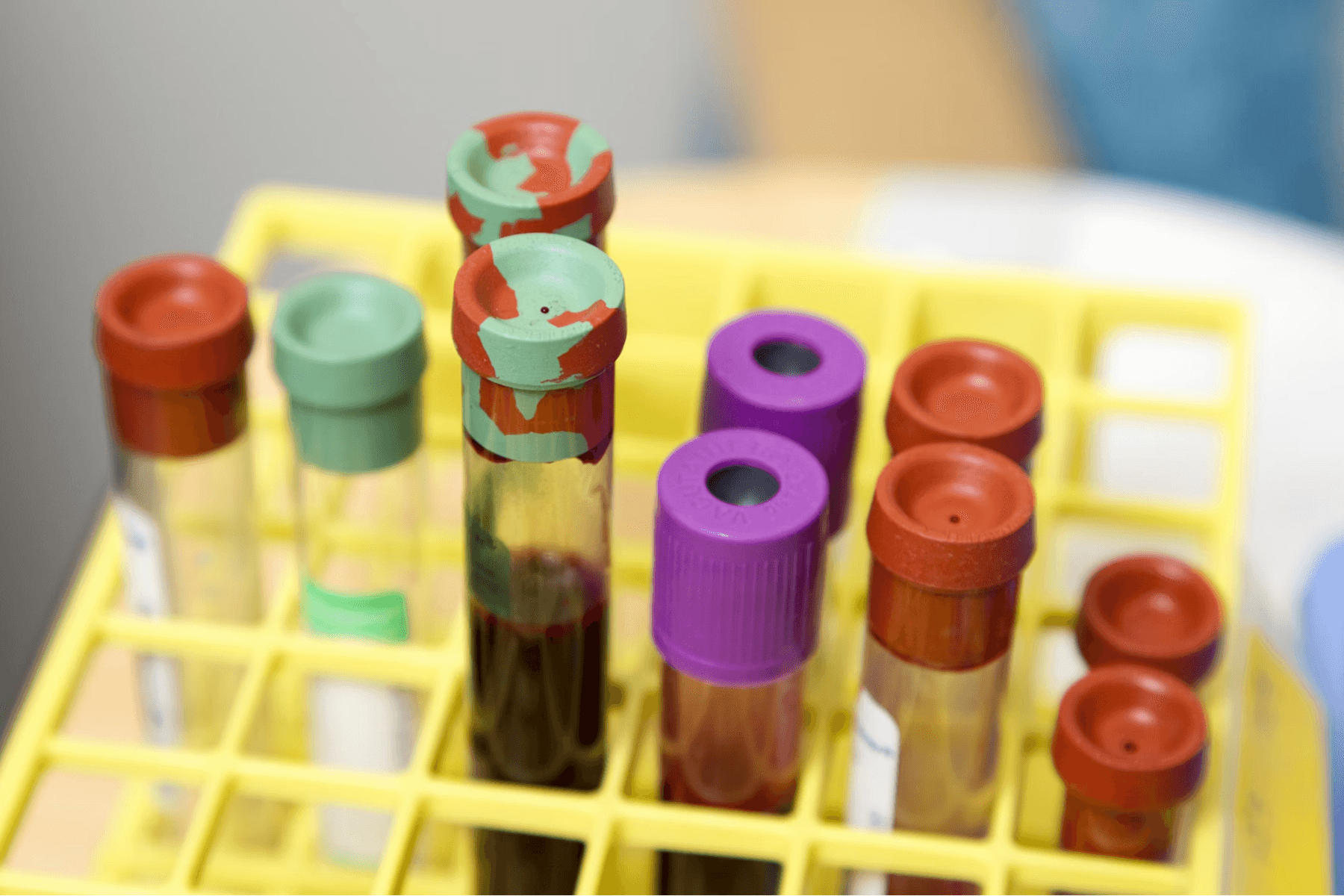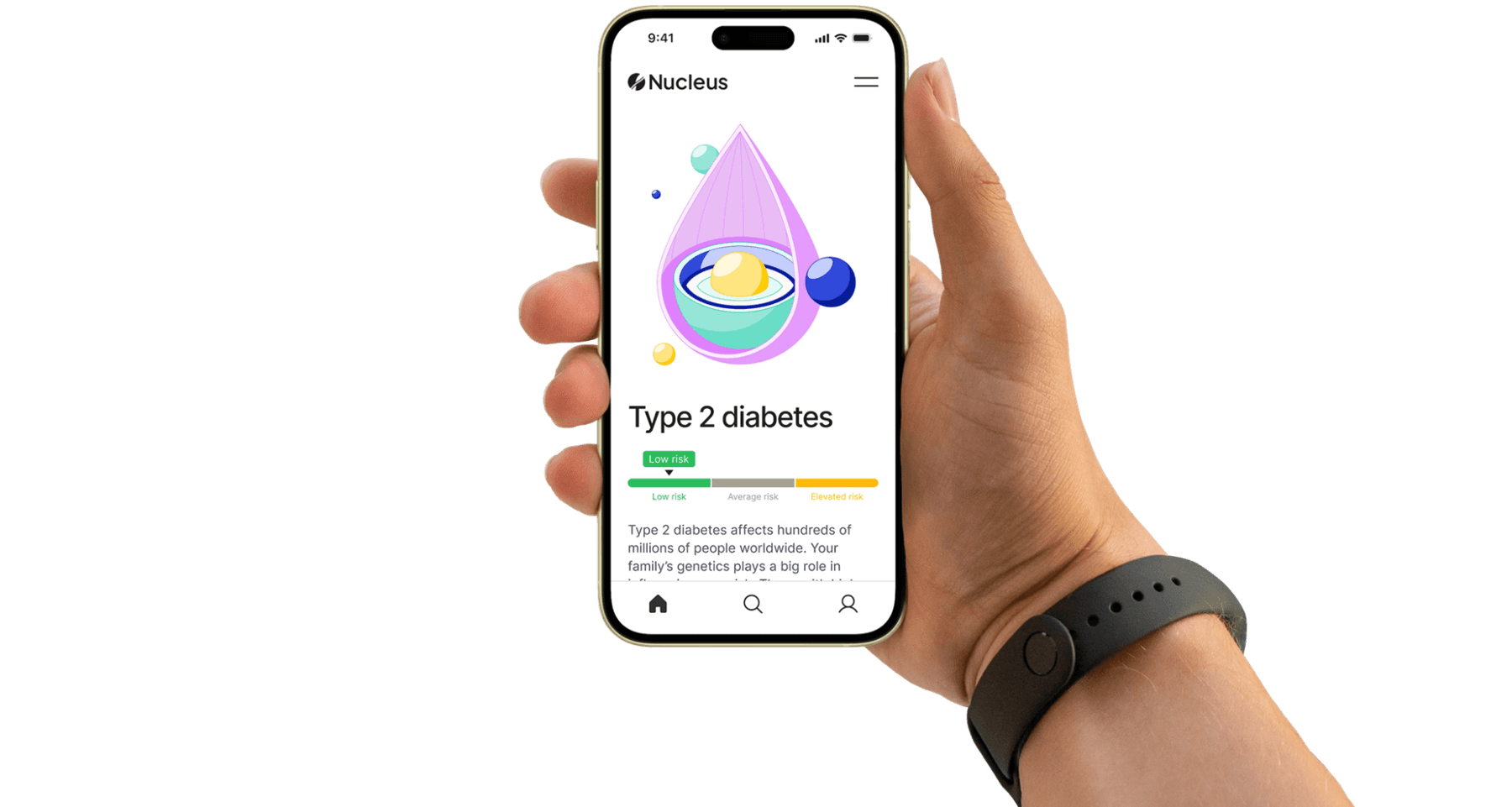The core premise of a biohacking diet lies in the individualized optimization of nutritional intake to enhance key health indicators such as longevity, physical performance, and cognitive function. Unlike conventional dietary models that are generally informed by broad public health guidelines, a biohacking diet adopts a more scientific and experimental framework. It emphasizes the integration of personal data and self-monitoring practices to fine-tune dietary and supplement regimens in alignment with one’s unique biological profile.
Nonetheless, the highly personalized nature of this approach can render the process of dietary biohacking complex and, at times, overwhelming—particularly in light of the often contradictory guidance disseminated by health professionals, researchers, and online influencers.
This guide aims to provide a structured overview of the biohacking dietary model by addressing the following components:
Nine evidence-informed nutritional strategies that can be broadly applied across diverse populations.
Four methodological principles for designing and implementing a personalized meal plan grounded in scientific evidence and individual health data.
This article explores the foundational principles of biohacking within the realm of diet and nutrition, offering nine scientifically grounded strategies aimed at optimizing physical health, cognitive performance, and overall well-being. Drawing from emerging research in nutritional science, systems biology, and personalized medicine, this framework encourages the development of tailored dietary plans that align with individual physiological needs and lifestyle goals. By integrating data-driven approaches—such as nutrient timing, metabolic flexibility, microbiome modulation, and the strategic use of supplements—biohacking empowers individuals to take proactive control over their biological systems to support both longevity and peak performance.
Warning: Trying to access array offset on value of type bool in /home/gourmeta/public_html/wp-content/themes/woodmart/inc/integrations/elementor/elements/class-image.php on line 278
Warning: Trying to access array offset on value of type bool in /home/gourmeta/public_html/wp-content/themes/woodmart/inc/integrations/elementor/elements/class-image.php on line 278
What Is the Biohacking Diet?
The biohacking diet represents a departure from standardized nutritional paradigms such as the Mediterranean, ketogenic, or plant-based diets. Rather than adhering to a uniform set of dietary guidelines, this approach integrates principles from nutritional science, technology, and personalized health data to formulate a dynamic and individualized nutrition strategy. Its primary objective is to align dietary practices with one’s unique biological makeup and specific health objectives.
Biohackers commonly engage in iterative experimentation with their nutrition to enhance physical vitality, cognitive performance, and overall well-being. The biohacking process generally involves four fundamental stages:
Defining personal health objectives, such as weight management, enhanced mental clarity, or improved metabolic efficiency.
Utilizing diagnostic tools, including genomic testing and wearable biometric trackers, to obtain individualized physiological data.
Implementing data-informed nutritional adjustments, often incremental in nature, to progress toward targeted health outcomes.
Conducting continuous monitoring and refinement, based on real-time bodily responses—this may include introducing or eliminating specific foods or supplements.
Among these steps, the third phase—implementing personalized dietary modifications—is often the most complex, as it necessitates scientifically valid methodologies. One such method is nutrigenomics, a field that examines how dietary components interact with genetic variations. For instance, individuals with an MTHFR gene mutation, which influences folate metabolism, may benefit from increasing consumption of natural folate-rich foods (e.g., dark leafy greens) while avoiding synthetic folic acid to reduce associated health risks.
Note: For those interested in initiating a data-driven biohacking protocol, platforms such as Nucleus offer cost-effective, comprehensive DNA testing services. Nucleus analyzes nearly the entirety of your genome (~100%) to provide insights into genetic predispositions, inherited conditions, and nutritional sensitivities. These insights can be leveraged in collaboration with medical professionals to design genomically informed diet and lifestyle plans.
9 Foundational Principles for Constructing a Biohacking Diet Plan
Developing an effective biohacking diet requires the integration of evidence-based nutritional strategies designed to enhance physiological health, cognitive performance, and overall vitality. The following nine principles constitute a foundational framework for individuals seeking to implement a personalized, data-informed nutritional regimen:
Emphasize whole, nutrient-dense foods: Prioritize minimally processed foods rich in vitamins, minerals, fiber, and bioactive compounds.
Incorporate high-quality protein sources: Include diverse and bioavailable proteins (e.g., eggs, legumes, fish, and lean meats) to support muscle maintenance and metabolic function.
Favor healthy fats over saturated fats: Opt for unsaturated fat sources such as olive oil, avocados, and fatty fish while minimizing intake of trans and saturated fats.
Limit consumption of red and processed meats: Reduce dietary intake of carcinogen-associated meats to support long-term cardiovascular and metabolic health.
Evaluate the utility of intermittent fasting: Consider time-restricted eating patterns that may improve metabolic markers, autophagy, and insulin sensitivity.
Meet individual micronutrient requirements: Ensure adequate intake of essential vitamins and minerals through diet or targeted supplementation.
Assess the role of dietary supplements: Experiment, under professional supervision, with scientifically supported supplements that address specific physiological needs.
Maintain optimal hydration: Support cellular and systemic function by consuming sufficient fluids, adapted to individual activity levels and environment.
Practice mindful eating behaviors: Develop awareness of eating habits, satiety cues, and emotional triggers to foster a healthier relationship with food.
These principles serve as a comprehensive scaffold for constructing a biohacking diet plan tailored to the unique genetic, metabolic, and lifestyle profile of the individual.
9 Fundamental Principles for Constructing a Biohacking Diet Plan
To develop an effective biohacking nutrition strategy aimed at enhancing cognitive performance, physical health, and longevity, the following evidence-based principles are recommended:
Prioritize Whole, Nutrient-Dense Foods
Regardless of individual variations, any biohacking diet should emphasize whole foods such as vegetables, fruits, legumes, whole grains, lean proteins, and healthy fats. These foods support cellular integrity and organ function. A high intake of fruits and vegetables is linked to reduced all-cause mortality.Utilize High-Quality Protein Sources
Protein plays a critical role in muscle repair, satiety, and metabolic function. Preferred sources include wild-caught fish, free-range poultry, eggs, tofu, tempeh, and lentils. Plant-based proteins are associated with a lower incidence of chronic diseases.Increase Healthy Fats and Reduce Saturated Fats
The type of fat consumed is essential. Healthy fats are vital for hormonal balance, cardiovascular health, cognitive function, and skin health. Sources include fatty fish, olive oil, avocado, nuts (excluding peanuts), chia seeds, flax seeds, and grass-fed butter.Limit Red and Processed Meats
Red and processed meats have been classified as probable and confirmed carcinogens, respectively. Limiting their intake in favor of poultry, fish, and plant-based proteins is advisable.Consider Intermittent Fasting
Intermittent fasting is a widely used method in biohacking that promotes cellular repair mechanisms such as autophagy. Several protocols exist (e.g., 16:8, 5:2), and the approach should be tailored based on individual tolerance and health status.Meet Micronutrient Requirements
Adequate intake of vitamins and minerals is essential for immune function, cognition, and cellular health. Attention should be given to nutrients often lacking in modern diets, including vitamin D, omega-3, magnesium, vitamin B12, and iron.Evaluate Supplementation Scientifically
Supplements can address specific deficiencies, but they must be used judiciously based on diagnostic testing. Options include magnesium, adaptogens (e.g., ashwagandha), probiotics, and NAD+ precursors.Maintain Optimal Hydration Levels
Proper hydration supports cognitive function, metabolism, skin health, and kidney function. A daily intake of 2–3 liters of pure water is generally recommended, with options to enhance absorption via natural electrolytes.Practice Mindful Eating
Biohacking extends beyond food selection to eating behaviors. Mindful eating—being present during meals, avoiding distractions, and listening to internal cues—has been shown to improve digestion and emotional relationships with food.
How to create your perfect biohacking diet
Here are four popular strategies that will help you personalize your biohacking diet:
Try a biohacking elimination diet.
Experiment with macronutrient ratios.
Track your biomarkers.
Consider whole-genome genetic testing.
1. Try a biohacking elimination diet
An elimination diet involves temporarily removing common trigger foods, such as gluten, dairy, soy, and nuts, to identify potential intolerances. In extreme cases, some people eliminate all foods except red meat, which is known as the carnivore diet.
Introducing foods one at a time lets you observe your body’s response, helping you understand which foods improve or worsen your health.
This process is common among biohackers with autoimmune diseases or other health issues, often triggered by food sensitivities.
2. Experiment with macronutrient ratios
Many nutrition experts recommend a high-carbohydrate diet, while others, like Gary Brecka, recommend a high-fat diet.
The truth is that the right balance of carbohydrates, proteins, and fats is not set in stone. It differs between individuals, depending on how they metabolize these nutrients — often a trait determined by one’s ancestry.
Begin by experimenting with different ratios, tracking how each affects your energy, focus, and satiety. Prioritize getting enough protein, aiming for 1–1.5 g per kilogram of body weight, and test different ratios of carbs and fats to see how you feel.
3. Track your biomarkers
Source: National Cancer Institute
Making data-driven decisions is central to biohacking. Doing so involves tracking specific biomarkers to see how your dietary changes affect your health. Here are some key biomarkers that help identify areas for improvement:
LDL and HDL cholesterol
AST and ALT
Vitamin B12 and D3
Fasting blood glucose and HbA1C
C-reactive protein
Thyroid panel
4. Consider whole-genome genetic testing
Genetic testing is the most advanced and precise way of approaching a biohacking diet as it facilitates nutrigenomics. It reveals how your genes affect your body’s responses to certain foods, allowing you to avoid triggers or supplement insufficiencies.
For instance, a genetic test can help you understand your APOE gene variations, which influence how your body processes fats and impacts cholesterol levels and heart health. As a result, you could adjust your diet to reduce saturated fats and increase omega-3 intake.
Unfortunately, the problem with most genetic testing options today (including 23andMe and Ancestry) is that they analyze <0.1% of your DNA, which can lead to inaccurate and incomplete results. To get the most out of genetic testing, you should consider whole-genome platforms like Nucleus that consider multiple factors to shape your health reports, including:
~100% of your DNA
Your ancestry
Lifestyle elements
Use Nucleus DNA testing to personalize your biohacking diet
Nucleus is a clinical-grade DNA testing platform that supports anyone looking to optimize health and longevity through personalized nutrition.
Nucleus offers a complete analysis of your genetic profile with whole-genome sequencing (WGS) technology, highlighting if you have any common or rare genetic variants that should influence your dietary and supplementation choices. The platform combines genetic data with non-genetic factors like BMI, cholesterol, and blood pressure for a complete overview of your health risks.
With insights into 170+ health conditions and 9+ personal traits, you can create a data-driven biohacking diet plan that aligns with your genetic makeup.
| Health reports | Trait reports |
|---|---|
| • Heart diseases • Cancers • Mental health • Neurological diseases • Focus and energy • Food and diet • Miscellaneous chronic conditions | • BMI • Height • Intelligence • Left-handedness • Longevity • Male-pattern baldness • Muscle strength • Risk-taking • Seasonal allergies • Severe acne |
New reports are frequently added to the platform. You can also download your raw data to identify specific genetic variants linked to diet and nutrition.
Nucleus partners with SteadyMD, connecting you with genetic counselors who can provide tailored guidance based on your results.
By signing up for Nucleus Premium, you can also access regular report updates as new DNA knowledge emerges or your lifestyle evolves.
How to order a Nucleus DNA test kit
Getting started with Nucleus is simple. Here’s how to order your kit:
Provide your personal information
Order your at-home DNA test kit — it’s HSA/FSA eligible!
Once your kit arrives, follow the provided instructions to collect your cheek swabs and mail them back in the pre-labeled return envelope. You’ll receive your results in 6–8 weeks.
Note: Nucleus testing is backed by HIPAA, CAP, and CLIA certifications. The testing is done in U.S. labs for added security.
































